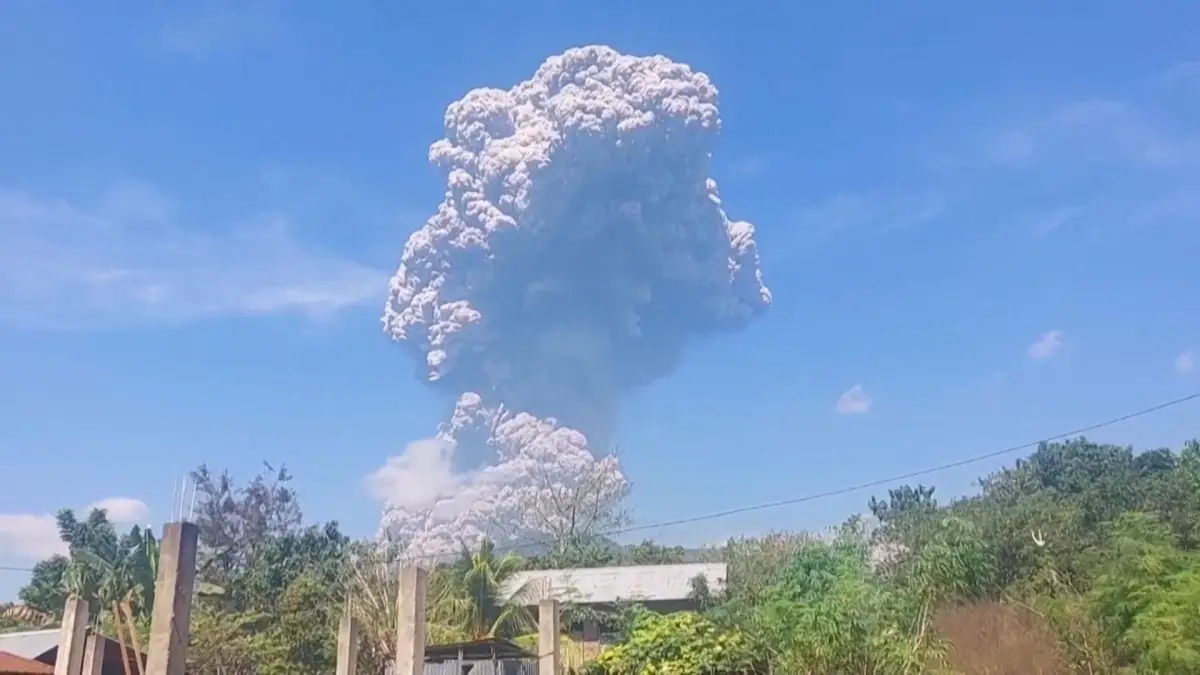
Indonesia’s Mount Lewotobi Laki-laki erupted twice on Wednesday, sending towering columns of volcanic ash up to 10 kilometers (6.2 miles) into the night sky and prompting authorities to raise the alert level to its highest tier, officials said.
The twin eruptions, both powerful and sustained, lit up the skies over East Nusa Tenggara province, where residents were jolted awake in the early hours of the morning.
According to the Geological Agency, the first eruption occurred at 1:35 a.m. local time (1835 GMT Tuesday) and lasted about nine minutes, ejecting ash up to 10 kilometers high. A second eruption followed at 9:21 a.m. (0121 GMT), lasting around three minutes and spewing ash eight kilometers into the atmosphere.
“We have observed a significant escalation in volcanic activity since Monday,” said Muhammad Wafid, head of Indonesia’s Geological Agency. “Residents should remain vigilant and stay at least six to seven kilometers away from the crater.”
He also warned of possible volcanic mudflows (lahars) if heavy rains fall on ash-covered slopes.
Authorities swiftly evacuated dozens of residents from nearby villages, said Avelina Manggota Hallan, an official from the local disaster mitigation agency.
“Most people voluntarily left after recalling last year’s deadly eruption,” she said, referring to Lewotobi Laki-laki’s November 2024 eruption, which killed 10 people and damaged thousands of homes.
In response to the latest activity, the government closed Fransiskus Xaverius Seda Airport in Maumere, East Nusa Tenggara, until Thursday, according to a statement from the airport operator.
While Bali’s main airport reported no disruptions so far, officials are monitoring potential impacts on regional air traffic, as volcanic ash can severely damage aircraft engines.
Mount Lewotobi Laki-laki, part of the twin-peaked Lewotobi volcanic complex, has seen a surge in activity in recent months — erupting in July and August, both times disrupting regional flights.
Indonesia, home to more than 120 active volcanoes, sits along the Pacific “Ring of Fire,” a vast arc of seismic fault lines where tectonic activity frequently triggers earthquakes and eruptions.
The disaster mitigation agency continues to monitor the volcano around the clock, as scientists warn that further eruptions remain highly possible in the coming days.
“The priority now is public safety,” Wafid emphasized. “We urge everyone in the danger zone to remain evacuated until further notice.”



